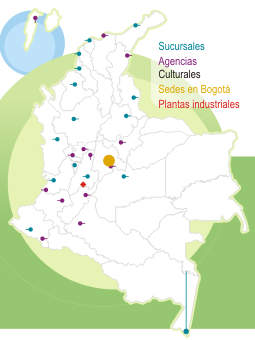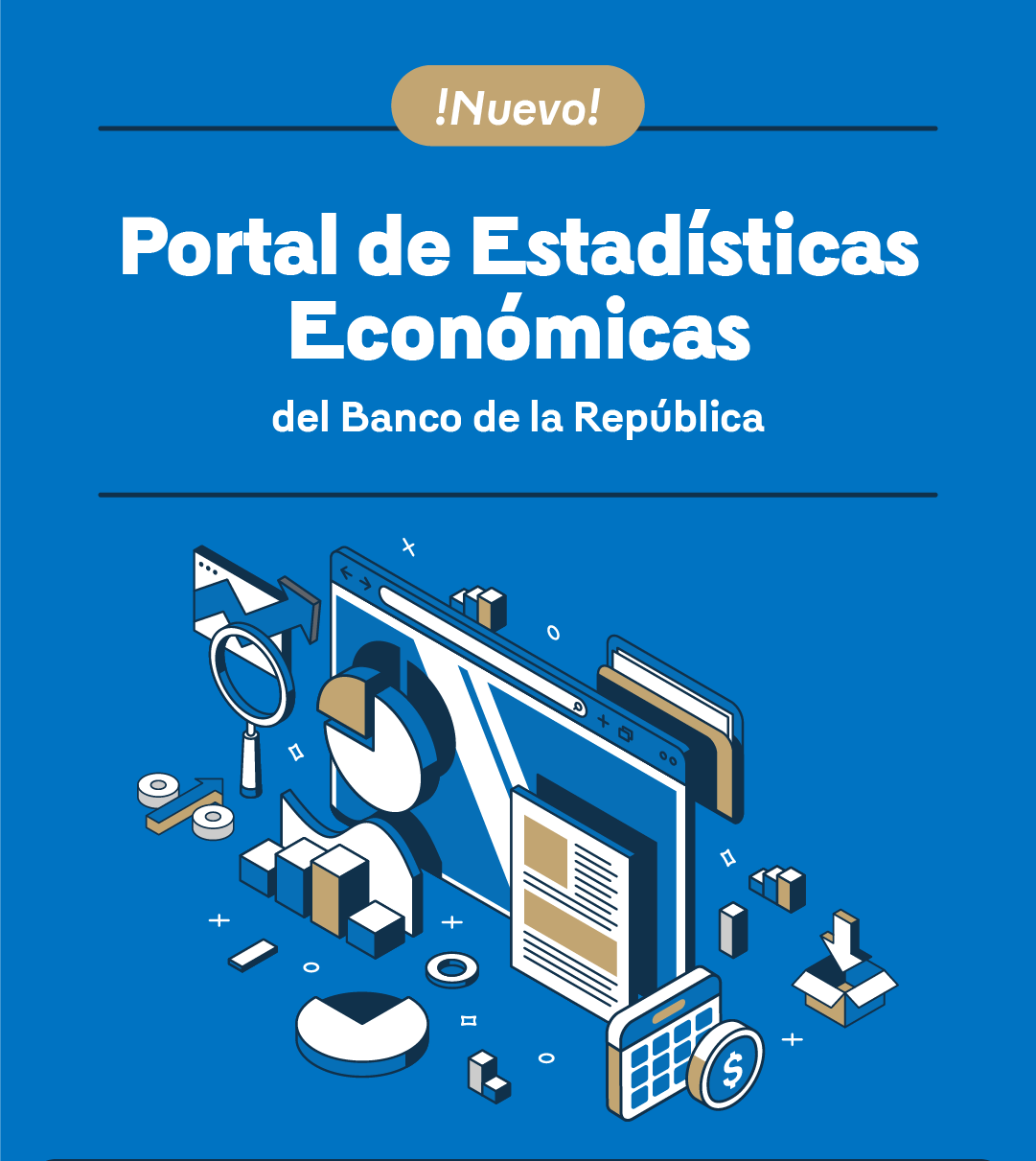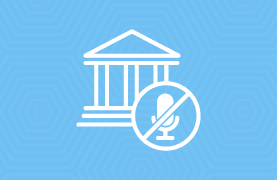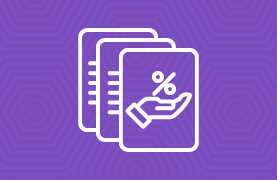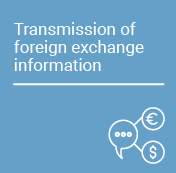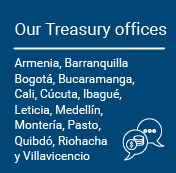Box 1: From recovery to adjustment: recent dynamics of Colombia’s productive sectors - Monetary Policy Report, April 2025
The Monetary Policy Report presents the Bank's technical staff's analysis of the economy and the inflationary situation and its medium and long-term outlook. Based on it, it makes a recommendation to the Board of Directors on the monetary policy stance. This report is published on the second business day following the Board of Directors' meetings in January, April, July, and October.
Following the macroeconomic shocks from the COVID-19 pandemic and the disruptions caused by the National Strike of 2021, the Colombian economy exhibited a notable recovery in 2022, with a real GDP increase of 7.3% and economic activity levels 10.4% above those recorded in 2019. This achievement mainly derived from the vigor of domestic demand, particularly household consumption, despite a backdrop of elevated inflation and interest rates, alongside an economic deceleration in key trading partners and constraining external conditions. This resilience occurred alongside persistent macroeconomic imbalances and a heterogeneous recovery across sectors.
Since 2023, the Colombian economy entered an adjustment phase marked by low growth (0.7% for the entire year), resulting in stagnation of economic activity levels, amid a restrictive monetary policy designed to facilitate the return of inflation toward the target. All of this implied the elimination of excess demand, projected since 2022, and, consequently, a closing of the output gap. During 2024, economic activity exhibited increased dynamism, particularly in the latter half of the year, resulting in an overall rise of 1.7% for the year. Nonetheless, disparities in the performance of productive sectors continue to exist, with many activities still failing to regain pre-pandemic levels while others, conversely, exhibit a notable pace of growth.
This Box provides an assessment of post-pandemic economic activity behavior relative to the counterfactual trend observed during the pre-pandemic period from 2015 to 2019. The exercise is conducted for a group of supply-side indicators, which includes the real production of the manufacturing industry, real sales in retail, and real income in some service activities, applying monthly information provided by the DANE sectoral surveys.









